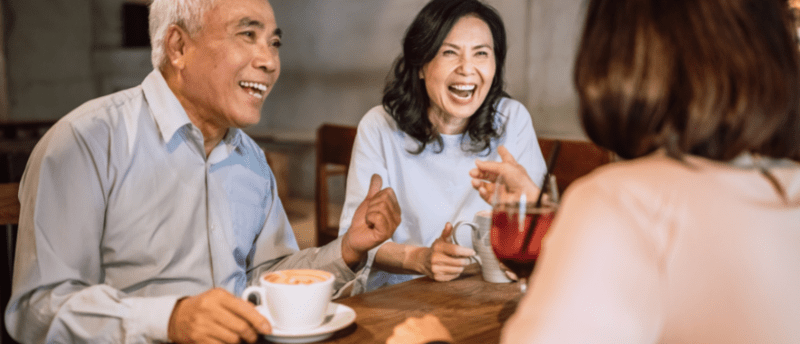Uncovering the neural circuitry of social interactions using miniscopes

 At this year’s Society for Neuroscience meeting (Neuroscience; 12 – 16 November; San Diego, CA, USA) we caught up with Pedro Espinosa, a PhD student in Camilla Bellone’s laboratory at the neuroscience department of the Geneva University (Switzerland), to chat about his research on the circuits underlying negative and positive social interactions.
At this year’s Society for Neuroscience meeting (Neuroscience; 12 – 16 November; San Diego, CA, USA) we caught up with Pedro Espinosa, a PhD student in Camilla Bellone’s laboratory at the neuroscience department of the Geneva University (Switzerland), to chat about his research on the circuits underlying negative and positive social interactions.
What are you presenting at SfN?
I will present my PhD project, ‘The brain circuits of social valence’. We describe the connection between two brain regions – the insular cortex (which links sensory experience and emotional valence) and the nucleus accumbens (the neural interface between motivation and action). Our goal was to find out what happens during positive and negative social experiences in this circuit.
We discovered that we use the same circuit to process positive and negative social experiences but the frequency at which the neurons in this circuit are activated codes for the social valence of the interaction. We defined social valence as the degree to which the experience with a person (or mice) is pleasurable or aversive. For example, during a positive social experience, the neurons fire at low rates. As a consequence of this, a specific type of synaptic plasticity is induced and expressed in the circuit. If we are exposed to a negative social experience, the same neurons will fire at higher rates, which triggers another kind of synaptic plasticity.
What techniques are you using to investigate this neural circuitry?
We use behavioral analysis and miniscopes, which are miniaturize microscopes mounted to the mouse’s head. When the mice interact with each other, we can observe which neurons are active using calcium indicators.
So, we inject the cells with a calcium indicator in the brain and use genetically modified strains of mice to target specific subpopulations of neurons. Then we implant a lens, which allows us to reach this population of neurons, and we mount a miniscope to the top of the mice’s head. The mice can behave, walk and interact as usual, and we can see in real-time what is happening with these neurons.
I also use patch clamp techniques to collect electrophysiological recordings.
Do you have any tips for best practice when using these techniques and for experimental design?
Sometimes tricky surgeries are needed to use the miniscope or patch clamp, and we need to be careful about keeping the cells healthy to assess imaging with miniscope and plasticity in the case of patch clamp.
It’s also important to set your behavioral paradigm because this is the base of everything in your experiment. I’m focusing on the free-interaction paradigm. I’m also interested in trying to find a proxy of what could happen in real life and preserve a naturalistic behavior in mice because social interaction is an innate behavior in them. Of course, we don’t work in naturalistic conditions because we work in a laboratory and our mice are bred there, but I wanted to see what happened when the mouse encountered another mouse by chance. This is because sometimes you can meet a nice person, or sometimes you can encounter someone who is less nice. We learn who is a nice guy and who is a bad guy and then, when we encounter a person for a second time, we will choose either to approach or to avoid them based on our first experience. That’s why I chose this free interaction paradigm, to target this concept.
What do you think the impact of your presentation will be on the field?
Previously, it was thought that if there is a good or bad interaction there’s a specific neuron that is activated or inhibited. But we found that it’s the same neuron that is activated in either scenario and it’s the frequency that determines the nature of the plasticity and consequent learning. The very first interaction you have stimulates the neurons, but the resulting plasticity is stored in the brain and determines future interactions. It’s the remaining plasticity that will teach you to approach or avoid another individual.
What has been your highlight from the conference?
I really like the multidisciplinary nature of the conference and the range of work being presented. I really enjoy getting surprised by work from another field and find this exciting. It’s a nice place to meet people and the community, which we couldn’t really do recently because of COVID. It’s been important for me to encounter the neuroscience community again.